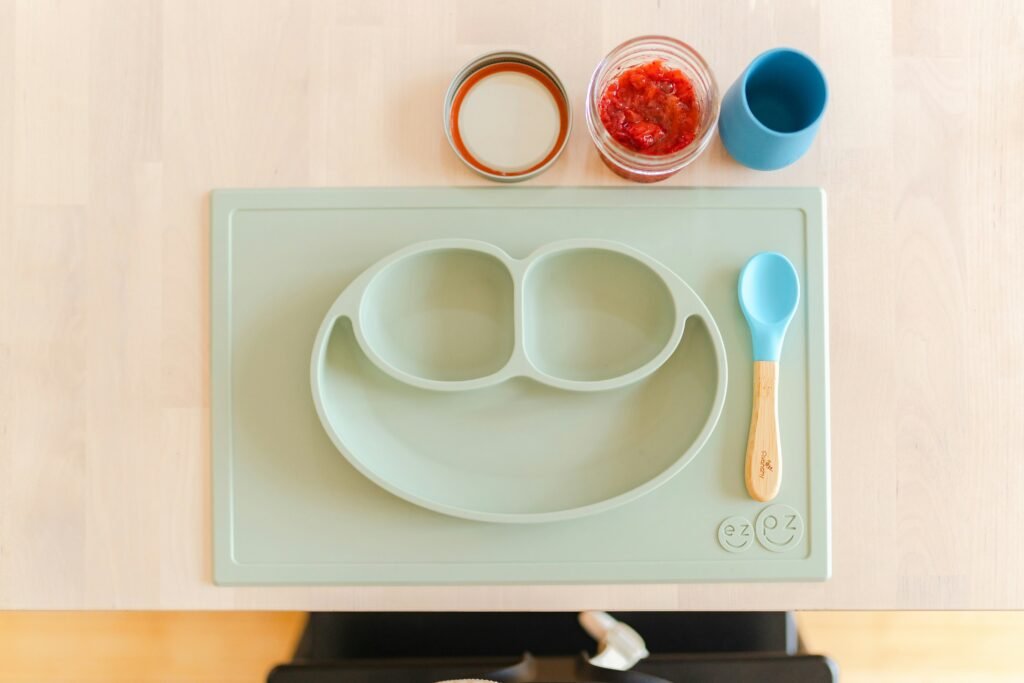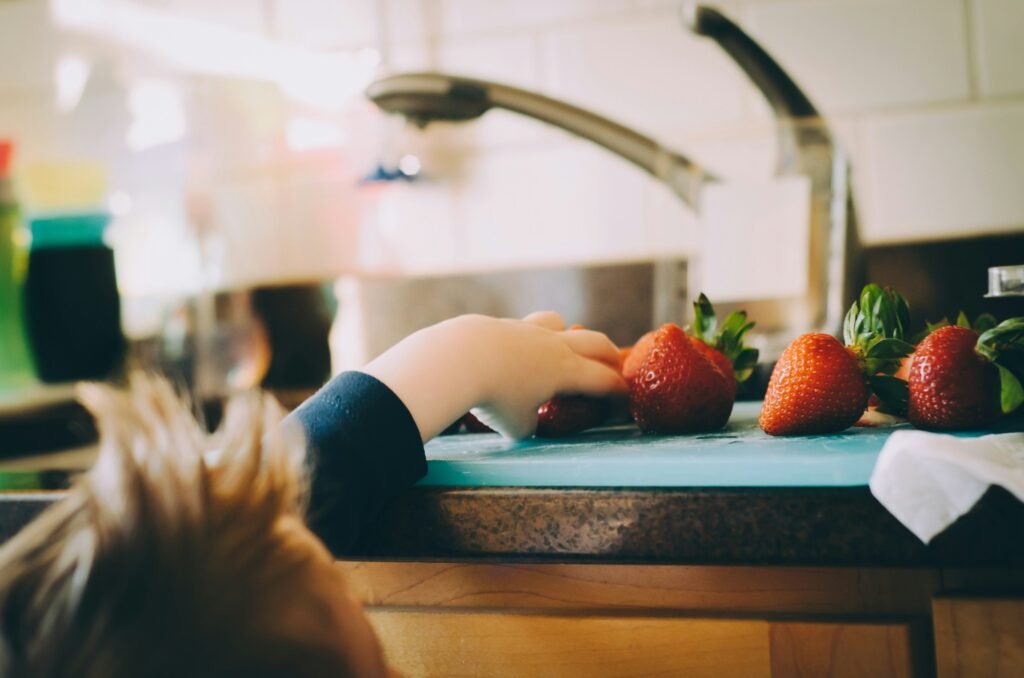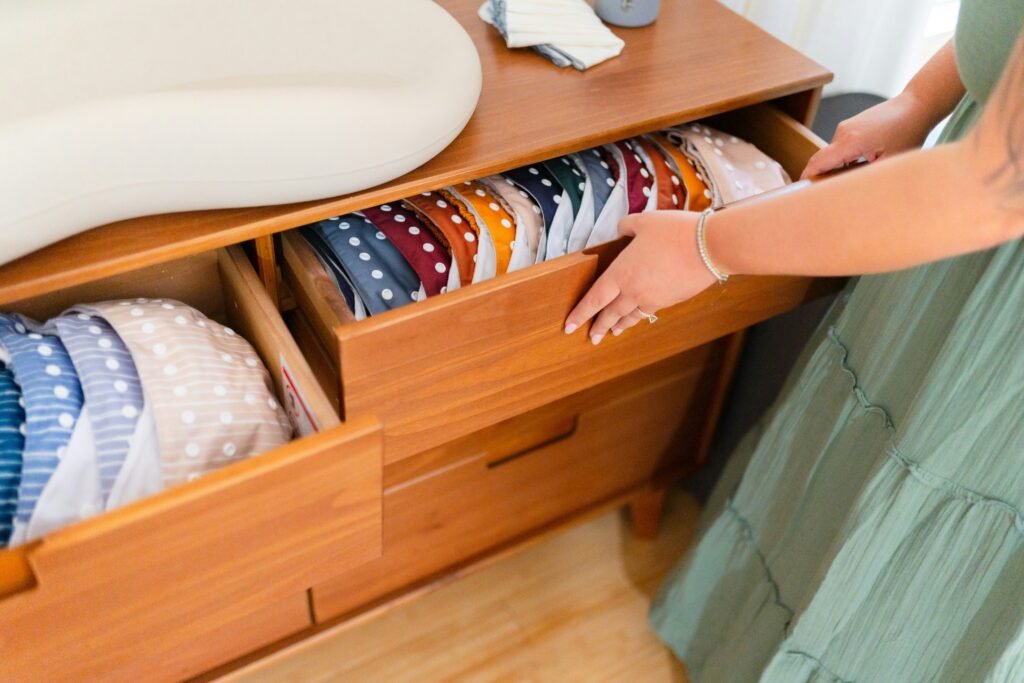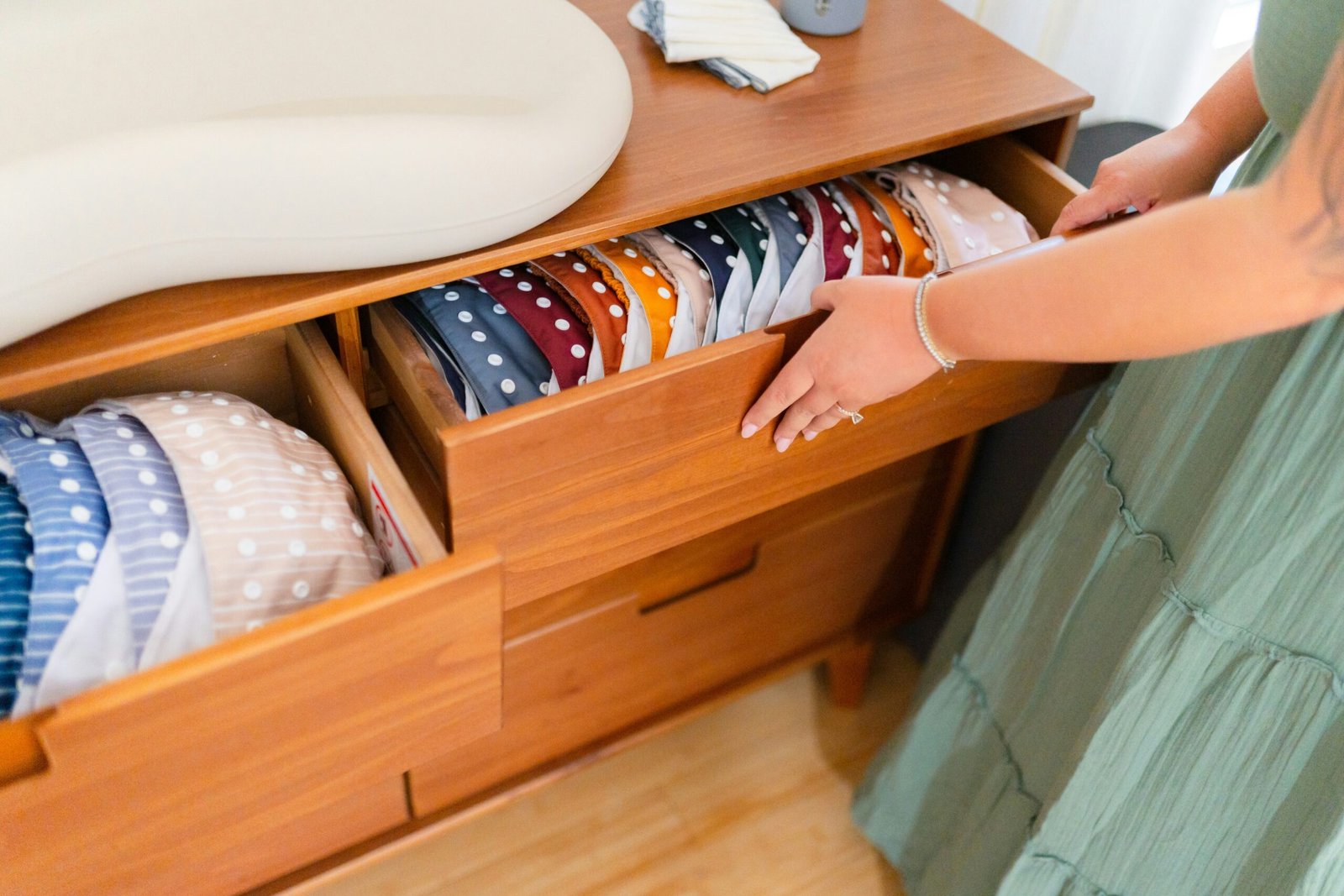
Introduction
When my wife and I first found out we were expecting, I was hit with a mix of excitement and mild panic. Like most new parents, I wanted to provide the best for my child—but after one trip to the baby store, I realized just how easy it is to get overwhelmed (and overspend) on baby gear. Everywhere we turned, we were told we needed a wipe warmer, a $1,000 stroller, and designer nursery décor. But did we really?
After diving into research, talking to experienced parents, and tracking our expenses, I quickly learned that not everything marketed as a “must-have” is actually essential. In this article, I’ll break down how to create a realistic baby budget, separate essential from non-essential expenses, and share some practical money-saving strategies so you can prepare for your little one without breaking the bank.
Setting Up Your Baby Budget
Step 1: Understanding Your Financial Situation
Before you start shopping for baby gear, take a good look at your finances:
- Assess your income and expenses – Determine how much disposable income you have after covering rent/mortgage, utilities, and other necessary costs.
- Identify areas to cut back – You may need to adjust discretionary spending (eating out, entertainment, subscriptions) to make room for baby expenses.
- Start a savings fund – If possible, create a dedicated savings account for baby-related expenses.
Step 2: Estimate One-Time vs. Recurring Costs
- One-Time Costs: Crib, stroller, car seat, nursery furniture, baby monitor.
- Recurring Costs: Diapers, formula, clothes, childcare, medical expenses.
Understanding these categories will help you allocate your budget more effectively.
Essential Baby Expenses
Now, let’s get into what you truly need when preparing for a baby.
1. Medical & Health-Related Costs
- Prenatal care: Doctor visits, ultrasounds, and vitamins ($1,000–$5,000+ depending on insurance).
- Hospital delivery costs: Vaginal birth ($5,000–$15,000) vs. C-section ($7,500–$30,000) before insurance coverage.
- Newborn checkups & vaccinations: First-year pediatric visits ($500–$1,500 if uninsured).
- Health insurance premiums: Expect an increase when adding your baby to your plan ($200–$500/month).
2. Nursery & Sleeping Essentials
- Crib or bassinet: A safe sleeping space is a must ($100–$500).
- Mattress: Invest in a firm, breathable mattress ($50–$200).
- Swaddles & blankets: Helps regulate baby’s temperature ($20–$50).
- Baby monitor: Basic audio monitors start at $30, while smart monitors can be $200+.
3. Car Seat & Stroller
- Infant car seat: Required for bringing baby home ($100–$400).
- Stroller: A travel system (stroller + car seat) can be a great investment ($200–$800).
4. Diapers & Hygiene Products
- Diapers: Expect to use 8–12 diapers per day ($70–$100/month).
- Wipes: $20–$40/month.
- Baby bathtub: Useful but can be budget-friendly ($15–$50).
- Baby shampoo & lotion: Hypoallergenic options cost $10–$20.
5. Feeding Essentials
- Bottles: Even if breastfeeding, you’ll likely need a few ($20–$50).
- Breast pump: Many insurance plans cover it; otherwise, $50–$300.
- Formula (if not breastfeeding): $75–$150/month.
- High chair: Needed when baby starts solids ($50–$200).
6. Clothing & Seasonal Wear
- Basic onesies & sleepers: $100–$300 for the first year.
- Hats, mittens, socks: Essential for colder months ($20–$50).
7. Childcare & Parental Leave
- Daycare: $500–$2,000/month, depending on location.
- Nanny: $25,000–$50,000/year.
- Backup babysitters: $15–$25/hour.
Non-Essential (But Nice-to-Have) Baby Items
1. Fancy Nursery Decor
- Crib mobiles, themed wall decals, designer bedding—cute but unnecessary.
- Opt for functional over fancy to save money.
2. Expensive Baby Clothes
- Babies outgrow clothing in weeks; stick to budget-friendly brands.
- Avoid designer outfits that may only be worn once.
3. Wipe Warmer & Bottle Warmer
- Not a necessity—room-temperature wipes and warm tap water do the job.
4. Changing Table
- A simple changing pad on a dresser works just as well.
5. Specialty Baby Gadgets
- Smart bassinets, baby food makers, and diaper pails aren’t essential.
- A trash can with a lid works fine for diapers.
6. Excessive Toys & Gear
- Babies don’t need 20 stuffed animals or multiple swings.
- Stick to a few engaging toys.
How to Save Money When Budgeting for a Baby
1. Buy Second-Hand (But Safely!)
- Cribs, dressers, and high chairs can be purchased used.
- Avoid second-hand car seats (safety regulations change frequently).
2. Use Hand-Me-Downs
- Clothes, swaddles, and toys from friends and family can save hundreds.
3. Sign Up for Baby Registries & Rewards Programs
- Many stores offer completion discounts, samples, and coupons.
4. Breastfeed If Possible
- Saves ~$1,800 per year on formula.
5. Make Your Own Baby Food
- Blending fruits and veggies at home is much cheaper than store-bought baby food.
6. Consider Cloth Diapers
- An upfront investment but can save $1,000+ over two years.
7. Opt for Affordable Childcare Alternatives
- Look into nanny shares, in-home daycare, or family help to reduce costs.
Picture Gallery




Conclusion
Planning for a baby doesn’t mean you have to drain your savings account. When my wife and I started our baby budget, we quickly realized that while some expenses were non-negotiable, many so-called “must-haves” were actually optional. We focused on what was truly necessary and found ways to save on the rest.
By prioritizing essential costs, buying second-hand when possible, and using budget-friendly alternatives, you can prepare for your baby without unnecessary financial stress. Remember, babies don’t care about designer clothes or luxury strollers—they just need love, care, and the basics to thrive.
If you’re expecting, take the time to build a realistic budget and separate needs from wants. It will make the transition into parenthood smoother, both emotionally and financially!
FAQ
1. How much should I budget for a baby’s first year?
Expect to spend anywhere from $12,000 to $20,000, depending on lifestyle and childcare costs.
2. What is the biggest baby expense?
Childcare and medical bills tend to be the biggest costs.
3. What baby items can I skip?
Wipe warmers, designer outfits, and excessive toys are unnecessary.
4. How can I save money on diapers?
Buy in bulk, use store brands, and consider cloth diapering.
5. Is it cheaper to make baby food at home?
Yes! Homemade purees can save hundreds over the first year.
This guide gives you a solid foundation to build a budget while ensuring your baby has everything they need! Let me know if you’d like any adjustments

